Making sense of the markets this week: November 26, 2023
OpenAI fires CEO Sam Altman then re-hires him, Nvidia continues its extraordinary growth, stock market highs within sight, and inflation’s got benefits.
Advertisement
OpenAI fires CEO Sam Altman then re-hires him, Nvidia continues its extraordinary growth, stock market highs within sight, and inflation’s got benefits.
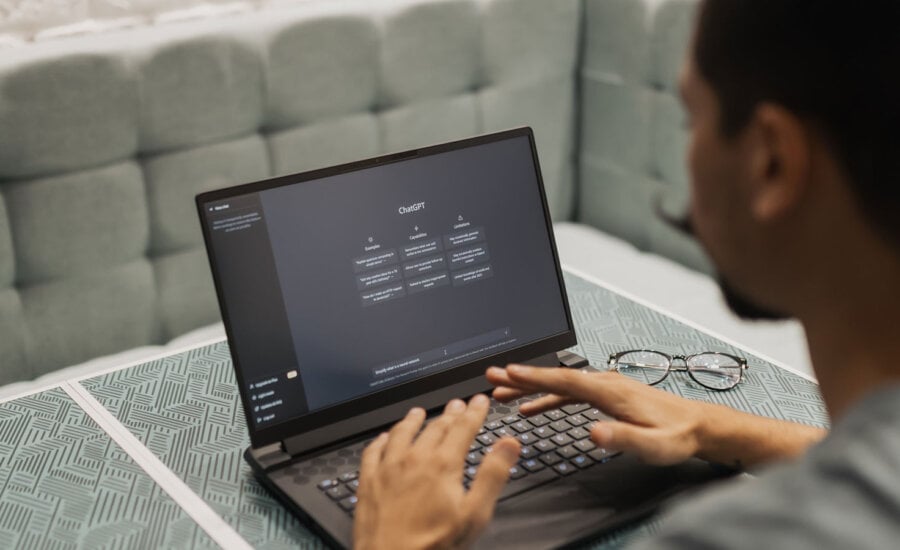
Kyle Prevost, creator of 4 Steps to a Worry-Free Retirement, Canada’s DIY retirement planning course, shares financial headlines and offers context for Canadian investors.
OpenAI’s CEO Sam Altman had one heck of a week. This is what will no doubt be one of the most important—and complex—corporate stories of the year: A company valued at USD$86 billion about to disappear into thin air, but suddenly didn’t.
If you want the full complex breakdown of all the angles and entities involved in this saga, I recommend checking out Derek Thompson’s podcast. There’s disagreement on some of these events, depending which version of the story you take as gospel.
Here are the main takeaways:
| 2015 | • The company OpenAI launched in late 2015 by Sam Altman, Elon Musk and a few other artificial intelligence (AI) savants. • OpenAI was formed as a non-profit with the goal of furthering research in the AI space under the most ethical and responsible conditions—as opposed to the motives that most for-profit companies have. In its founding documents, the company purported to “ensure that safe artificial general intelligence is developed and benefits all of humanity.” |
| 2018 | • Musk left the company. It appears to AI neophytes like us that everything was ticking along about this time, in terms of smart people researching important things in a super responsible way. OpenAI was not the only AI player however, and it was being outspent by some of the other big tech companies in the game. |
| 2019 | • OpenAI releases ChatGPT-2.0, and the world took notice of the new AI application. • OpenAI made some big changes. It decided that within its non-profit corporate structure, it would create a profit subsidiary. This entity would be completely owned by the non-profit OpenAI and controlled by its board. If you’re confused by this corporate “turducken” of a share structure, you’re not alone. (That’s a strange—but tasty?!—turkey, duck and chicken roast made popular in the ’70s.) • OpenAI becomes possibly the most important AI company in the world at this point. Microsoft invests USD$10 billion into it. • After releasing ChatGPT and creating the profit wing of the company, CEO Sam Altman begins to experience friction with the board. In the podcast, Thompson describes a conflicting situation of the “Doomers” (career academics who make up the board) prioritizing the safety and ethical concerns of AI development, and the “Boomers” (business-savvy tech engineers) focussed on fast technical development. |
| 2023 | • Last weekend this internal schism ripped itself open, and Altman was fired. • Soon after, a majority of its employees petitioned, saying they would resign if Altman wasn’t immediately brought back and major changes were made to the board. These are the world’s foremost AI experts, and they appear to have wielded an unprecedented amount of power and intellectual leverage. • About the same time, Microsoft announced it was hiring Altman, and there was speculation that many of OpenAI’s unhappy employees could be brought over as well. For a day or so it looked as if Microsoft gobbled up a USD$86 billion company for free! • Then, on Wednesday, November 22, Altman won the OpenAI Game of Thrones battle. He was brought back as CEO, and massive changes were going to be made to the board. Apparently, Microsoft was OK with this, and everyone is now good to keep working at the company they were at the week before. |
To sum up: A bunch of really smart egomaniacs fought over the leadership of AI, which might jump-start a massive productivity revolution around the world and/or cause robots to wipe out humanity.
What does it mean for Canadian investors? In short, probably not much. For a moment, it looked like an incredible coup for Microsoft and its share price jumped as a result, but then it levelled off fairly quickly.
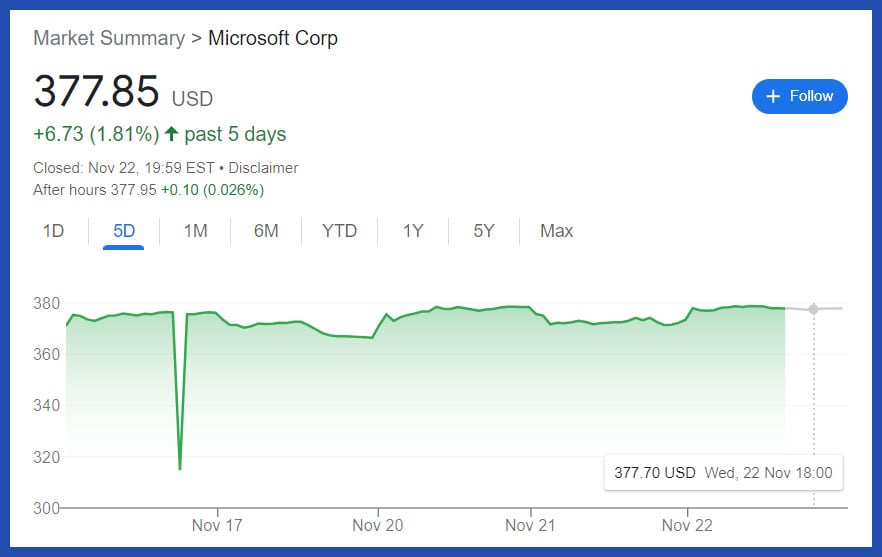
Now, it must be really hard for a company to balance its profit and non-profit priorities. It increasingly looks like governments around the world will have to put their own guardrails up, if we want any limits placed around AI. The corporate gatekeepers basically just admitted they’re going to pursue growth first and worry about any risks later.
AI-chip king Nvidia released earnings after the market closed on Tuesday, November 21. Earnings per share came in at USD$4.02 (versus $3.37 predicted) on revenues of USD$18.12 billion (versus USD$16.18 predicted). Despite this massive earnings beat, the share price fell by about 2% on Wednesday, which tells you just how unpredictable expectations are for this company right now.
Nvidia is up a scorching 240% year to date.
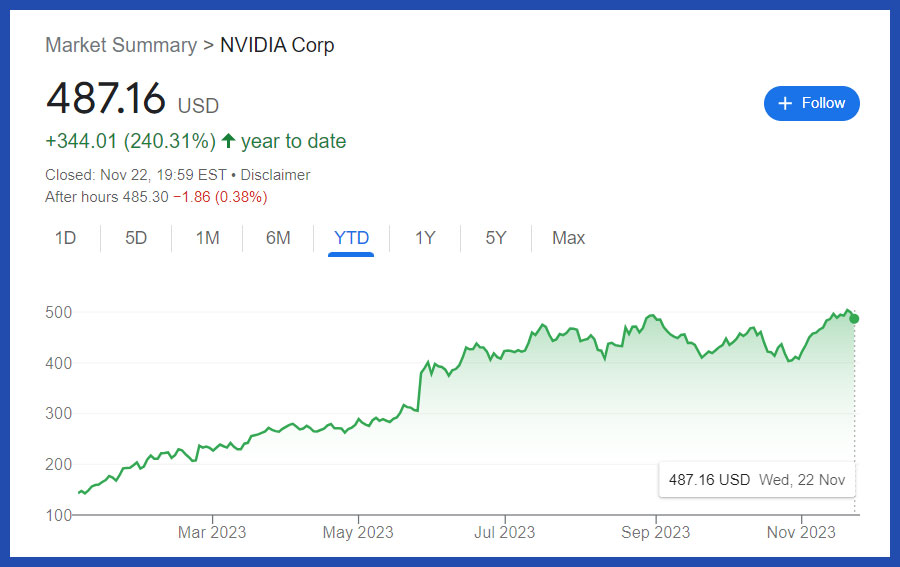
In a report full of positive figures, perhaps the most impressive highlight was that data centre revenue (mostly from cloud infrastructure providers like Amazon and Microsoft) was up 279%, to USD$14.51 billion. Only a few years ago, Nvidia was basically known as a fairly simple (albeit still profitable) company that made computer chips for video games. As long as it maintained its competitive advantage on AI chips, it essentially has license to print ever-increasing amounts of money. We’ll see how long it takes the other chip heavyweights to catch up.
The fly in the ointment of Nvidia’s earnings report, though, was a warning that export restrictions from China and other countries were going to have a negative effect on the fourth quarter’s bottom line.
Ben Carlson is back, on A Wealth of Common Sense, with an interesting look at how often the U.S. stock market breaks its previous all-time high.
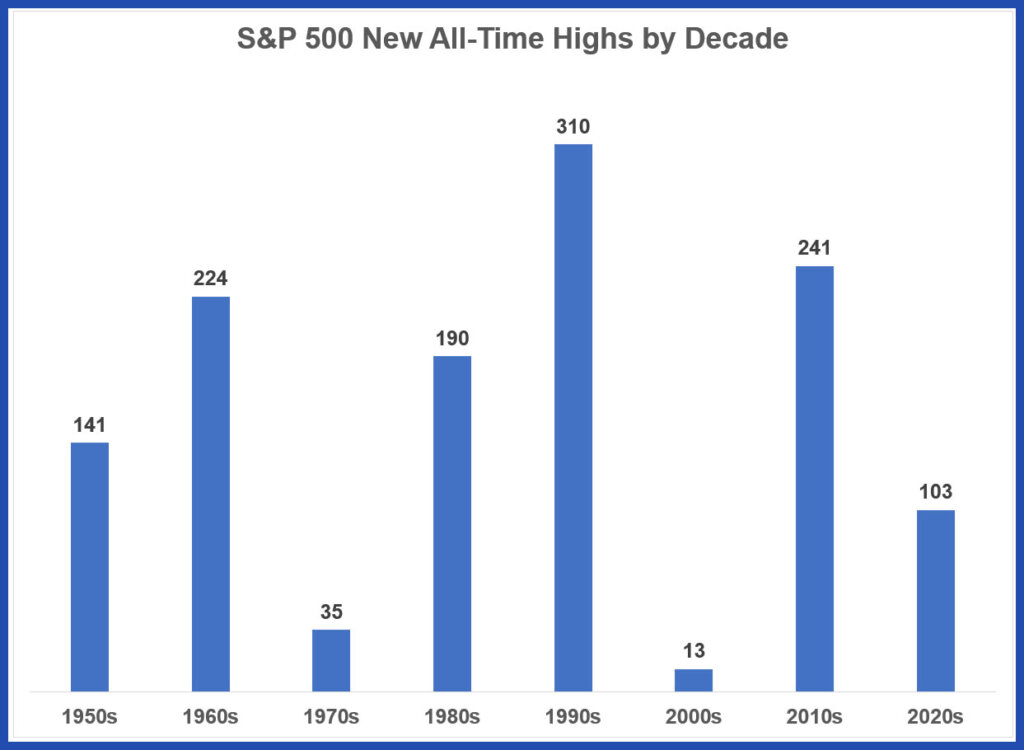
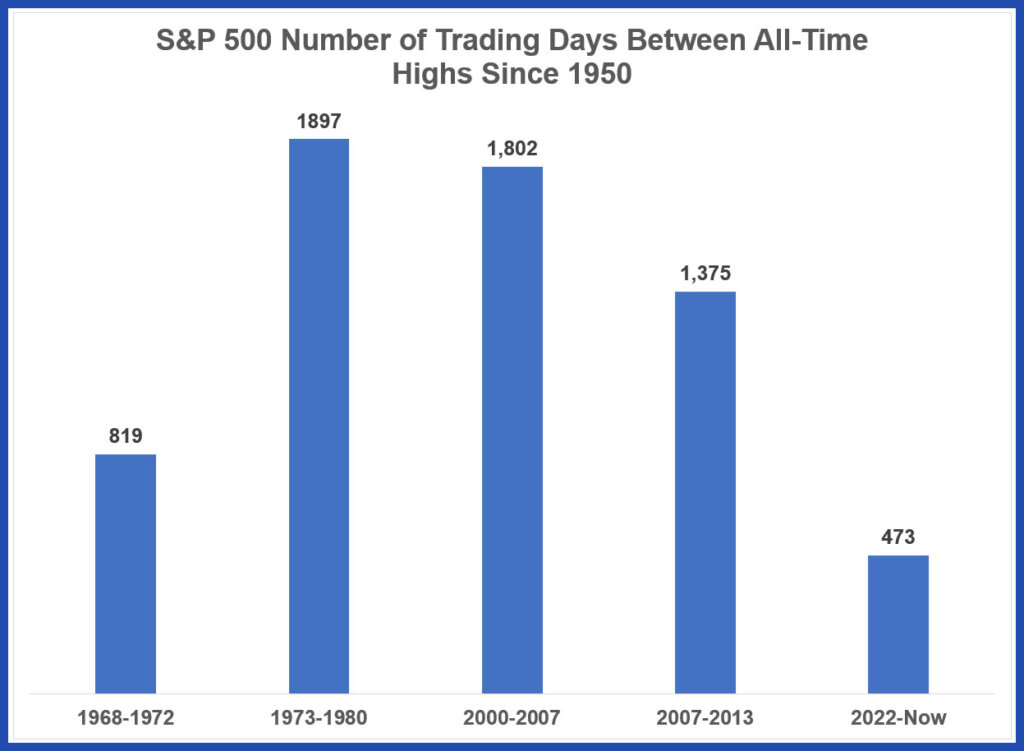
With all the negative news headlines these days, you might be forgiven for assuming things must be pretty rough at the moment. Heck, you might even have thought we were a long way away from a new market high.
The truth is the U.S. stock market is fast approaching its all-time high. And it looks like this gap between market peaks will be the fifth longest on record. In other words, the recent bear market has caused substantial pain, but it’a far from the worst-case scenario.
In Canada, the TSX Composite index index hit 22,213 in April of 2022. Today, we sit at about 20,114, so we’re still down about 10% from all-time highs. That said, we wouldn’t bet against the Canadian stock market crashing through that ceiling in early 2024. (Predictions column to come soon!)
It’s also important to remember that the companies that make up Canada’s stock market index pay out higher annual dividends than their U.S. counterparts. That isn’t reflected in these index comparisons.
Of course, one might want to consider that while stock prices are bouncing back they’re still pretty far away on a “real” basis if we adjust for inflation. In other words, if you’re selling stocks to pay for life’s expenses, then you will have to sell more of those stocks (even if they’re back up to 2022 levels) to buy the same stuff that you used to. That price difference is obviously due to the high inflation rates the last couple of years.
The most visible effects of inflation can be felt when you get a mortgage term expiry notice or every time you hit the grocery checkout.
That said, we shouldn’t ignore or discount the more advantageous aspects of inflation, such as increased government benefits and more contribution room in our RRSPs and TFSAs. Thank you to Aaron Hector for this handy little spreadsheet on X (formerly Twitter) that shows us the inflation-adjusted changes for 2024.
| 2024 projected | 2023 | 2022 | 2021 | 2020 | |
| Indexation | 4.7% | 6.3% | 2.4% | 1% | 1.9% |
| TFSA annual limits | $7,000 | $6,500 | $6,000 | $6,000 | $6,000 |
| Old Age Security repayment thresholds | $90,997 | $86,912 | $81,761 | $79,845 | $79,054 |
To determine the relevant inflation adjustment for the coming year, the federal government looks at the change in monthly consumer price index (CPI) from September to September of the prior year. So, the price increase from September 30, 2022, to September 30, 2023 will determine how much benefits and thresholds go up for 2024.
What will it mean for CPP benefits? We’ll have to wait and see. In the meantime, it does reveal a few things:
For Canadian residents aged 18 or older as of December 31, 2009, they have $95,000 in TFSA contribution space available. Combine that with the increased RRSP space, the new FHSA, and possibly an RESP, and Canadians have a ton of room to shelter investments from tax.
If you want more information on how to best manage these accounts, check out my post on withdrawing from RRSP and TFSA accounts at MillionDollarJourney.ca.
Share this article Share on Facebook Share on Twitter Share on Linkedin Share on Reddit Share on Email